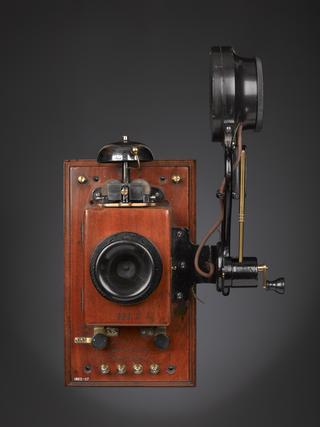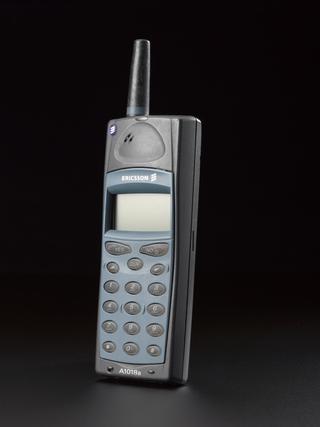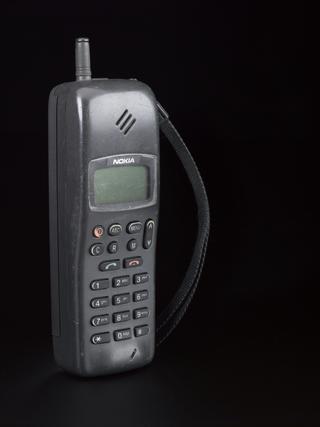
Underground oil-filled telegraph cable system, 1880
- Made:
- 1880






Brooks underground system cable, specimen mounted on board with description
In the 1870s an American, David Brooks, developed a method of insulating copper telegraph wires with manilla hemp strands, laid underground in a pipe filled with mineral oil. An experimental cable of 30 wires in a wrought iron pipe was installed in London between Westminster Bridge Road and Clapham Junction in 1880 and lasted in service until 1889. This cable specimen on its display board is likely to have been made up at the time to publicise the system. The text is an extract from a technical description of the cable system published in the Journal of the Society of Telegraph Engineers.




